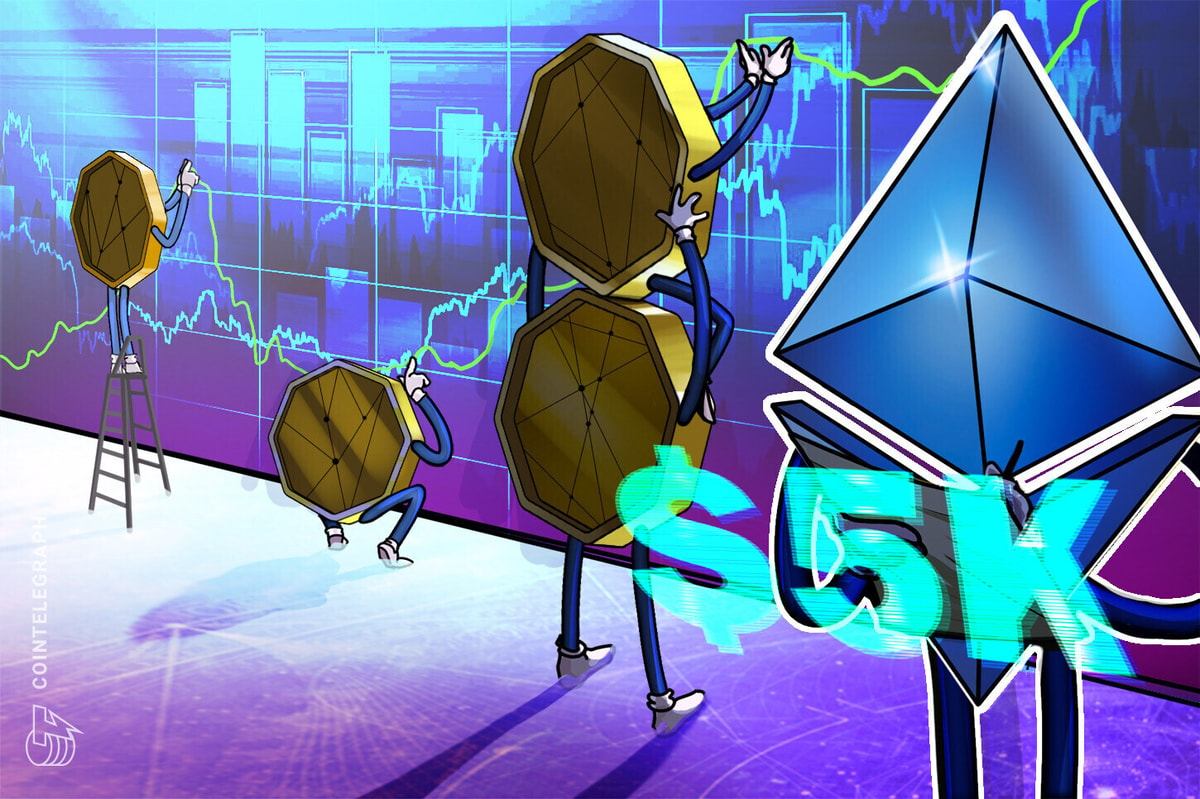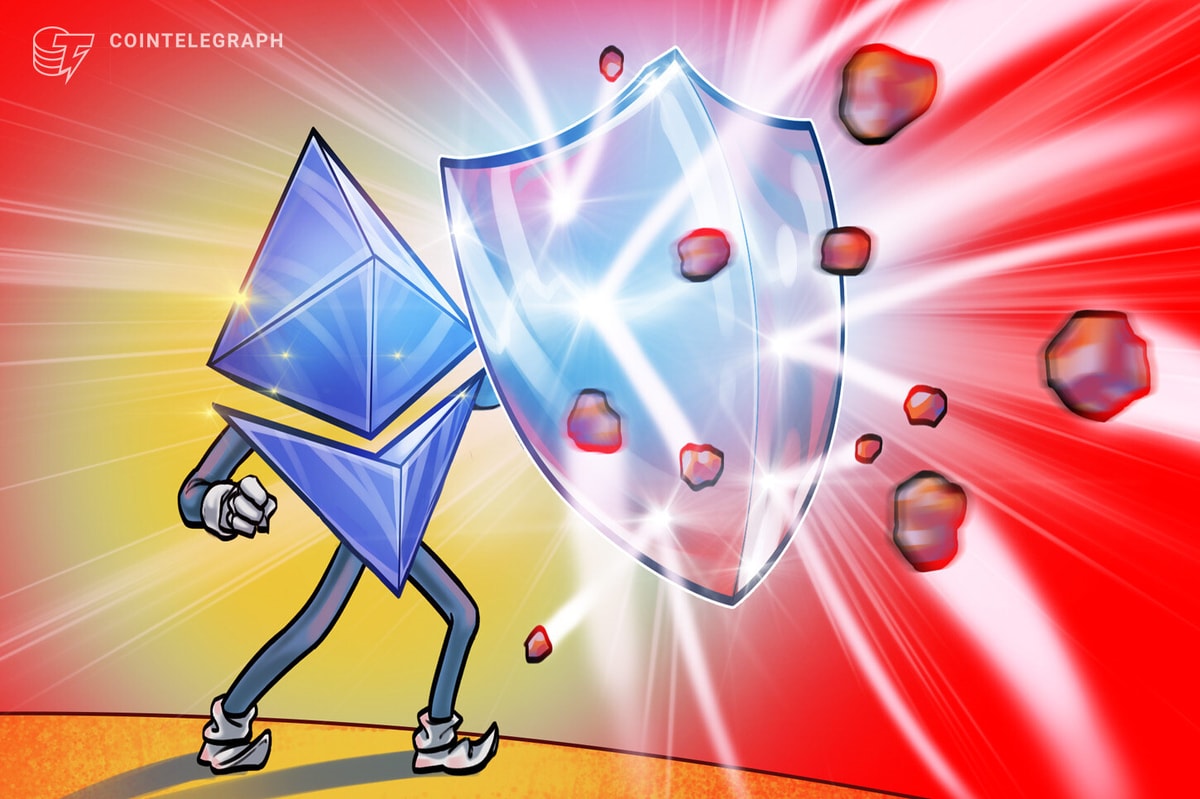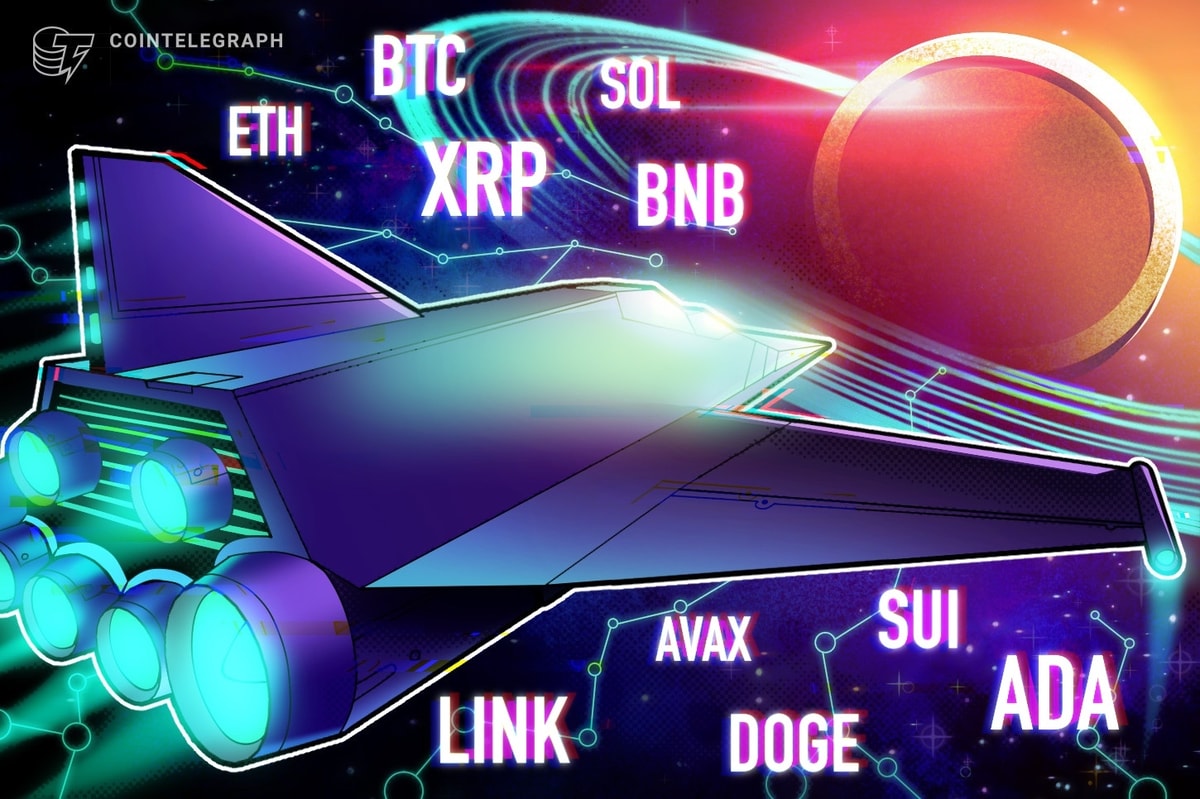With the global market cap reaching $4.2 bln, it wouldn’t be incorrect to say that Ethereum is starting to be widely accepted by the public. Also, as compared to Bitcoin, Ethereum doesn’t charge significant transfer fees and provides no inconvenience because of transaction delays.
Bitcoin continues to struggle as Ethereum looks strong and is seeing an increase in the daily trade volume. Ethereum has smashed all expectations and with its price reaching $60, it continues to do so.
Ethereum is not only a digital currency but an open source decentralized computing system that is based on the Blockchain technology.
Challenging Bitcoin’s dominance
Now, decentralized currencies like Bitcoin allow people to send money instantly to anyone in the world with a minuscule transfer fee. Bitcoin is increasingly being used for remittances, micropayments and online commerce with applications for distributed governance and finance in the pipeline. Ethereum is a platform specifically designed to help people develop decentralized applications in the domains of remittances, micropayments and online commerce.
Both Bitcoin and Ethereum offer distinctive features of the Blockchain technology. While Bitcoin enables users to make use of the peer-to-peer transfer of funds, Ethereum allows users to run the source code for any decentralized application along with the added features for trading using Ethereum’s currency Ether.
Often compared to Bitcoin, Ethereum has some noteworthy advantages over the former. The most striking features being the ‘Smart Contracts’ and the ‘Ethereum Virtual Machine’ offered by Ethereum.
Ethereum allows us to create decentralized applications. The Ethereum Virtual Machine (EVM) is of paramount importance in relation to Ethereum as it provides an environment to run the code for decentralized applications.
A better way of understanding the EVM is by comparing it to Java. Now, Ethereum’s programming Solidity is run using the EVM. The EVM performs the same function as the Java Virtual Machine i.e. providing a virtual environment for the code to run.
Ethereum’s fuel - Ether
Ether is the fuel and is also used as a form of payment for the Ethereum platform. It is a much-needed element of the entire system. The users pay Ether to the machines that perform the requested processes. The people who write the codes are incentivised using Ether to ensure that they write quality code and that the coders are rewarded for their work.
During the 2014 presale of Ether, 60 mln Ether were distributed to various contributors and developers. The rate of generation of Ether is limited at 18 mln Ether per year.
A certain amount of Ether is rewarded to each miner who successfully uploads a block onto the Ethereum Blockchain. On an average, a new block is added to the Blockchain every 12 seconds with the most recent transactions and the miner verifying and uploading these transactions would be rewarded five ether.
A user can store Ether in his/her Ethereum wallet, which is a computer application that allows the user to store, buy and sell various cryptocurrencies. The wallets are made secure using cryptographic coding that gives the user total control over his/her funds.
Why are decentralized applications gaining popularity?
The decentralized applications developed using Ethereum have a lot of benefits as compared to other centralized applications. Some important ones include:
They do not have a single point of failure. The data stored on the Ethereum Blockchain is not stored in a single device. Each node connected to the Ethereum network has a copy of the entire Blockchain.
Applications developed using Ethereum offer a greater safety as compared to its contemporaries. The decentralized nature of the applications makes them very tough to hack. Also, the data stored on the Blockchain is made secure using cryptographic coding to offer greater users a greater sense of security of their saved data.
In such applications, no user is given any special privileges and all actions are decided upon by a public consensus. There is no user with supreme control over the database.
Some applications can be developed to make use of the idle computing power of a user’s device and offer it to someone in need of it. This feature is based on the philosophy that many small devices connected to each other have a computing power greater than that of the world’s most advanced supercomputer.
Possible use-cases of Ethereum
Ethereum is being used extensively to develop decentralized applications across various fields. Some domains where Ethereum has shown immense potential for integration are the following:
Automobile Insurance: Ethereum and Smart Contracts are being used in the automobile industry for faster claims of insurance and for sending data real time to the companies.
Crowdsourced Funds: Ethereum reduces the necessity of a few select VCs and helps companies raise money through a completely trust-less crowd-sale. The contributor’s money would be held by the contract until the goal programmed into the contract is reached.
Real Estate: Ethereum will substantially reduce the hassles of property registration, mortgage payments etc. by issuing smart contracts between the lenders and the borrowers. There would be no need to get involved with a real estate agent for property dealings.
At Darwin Labs, we use Ethereum whenever we are building applications that need to be immutable and where, the user doesn’t have to trust the developer / system integration team / database management team or anyone at all for the execution of the code.
By Ayush Varshney, CTO and Co-Founder, Darwin Labs
Disclaimer: Darwin Labs is building applications and infrastructures on Blockchain, Virtual Reality and Artificial Intelligence. Before Darwin Labs, Ayush was a co-founder at two companies – Bluegape and Murmur. His love for new technologies is what drives the whole company to push the boundaries of the imagination of what’s possible.











